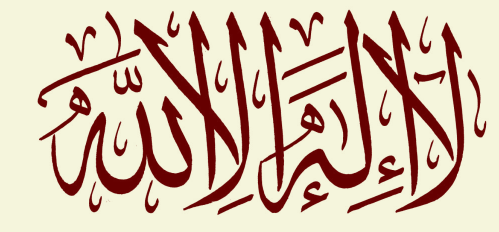‘AYN AL-QUDAT’S QUR’ANIC VISION From black words to white parchment* – Mohammed Rustom
Abstract:
“‘Ayn al-QuঌƗt HamadƗnƯ (d. 1131) was a mystic, philosopher, theologian, and judge who was born in the western Iranian city of Hamadan. He was the student of Aতmad al-GhazƗlƯ (d. 1126),1 the brother of Abnj ণƗmid al-GhazƗlƯ (d. 1111), and is best known as a maverick-like figure who was put to death by the Seljuq government at the tender age of 34, ostensibly on charges of “heresy”.2 Looking beyond the causes surrounding his state-sponsored execution and to his writings, ‘Ayn al-QuঌƗt emerges as a first-rate thinker who was thoroughly con- versant in the Islamic intellectual sciences, along with Arabic and Persian poetry. One of ‘Ayn al-QuঌƗt’s greatest achievements was the original manner in which he tied the seemingly”
